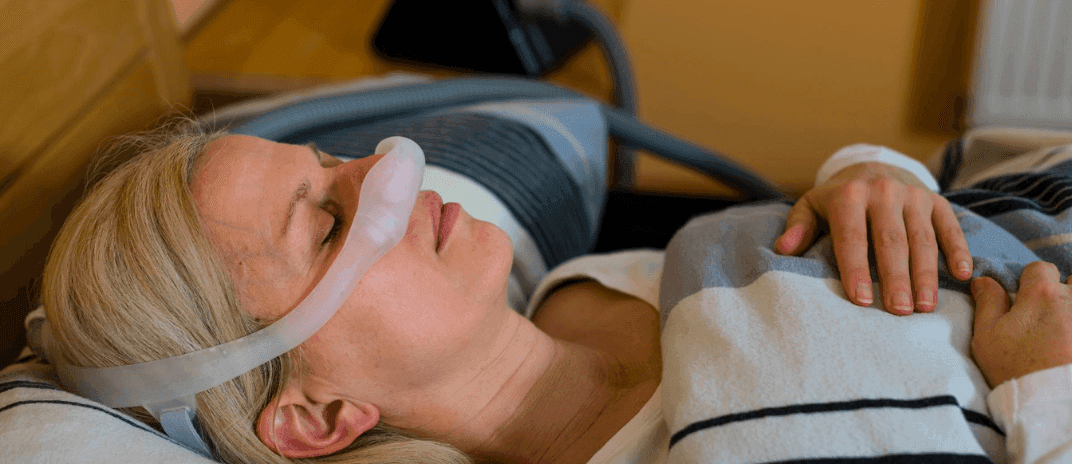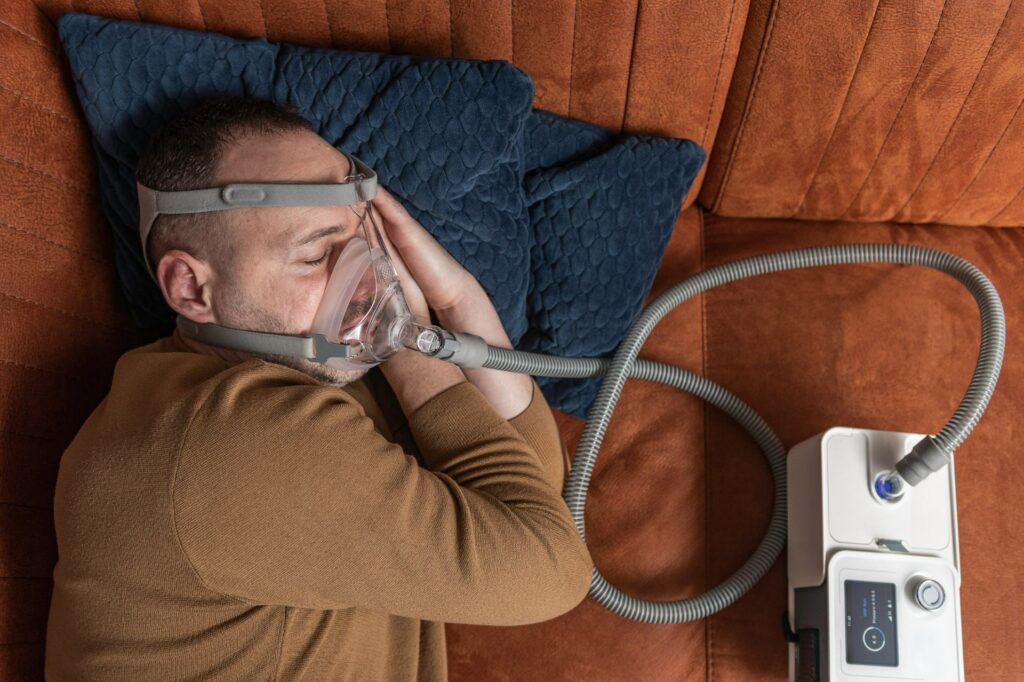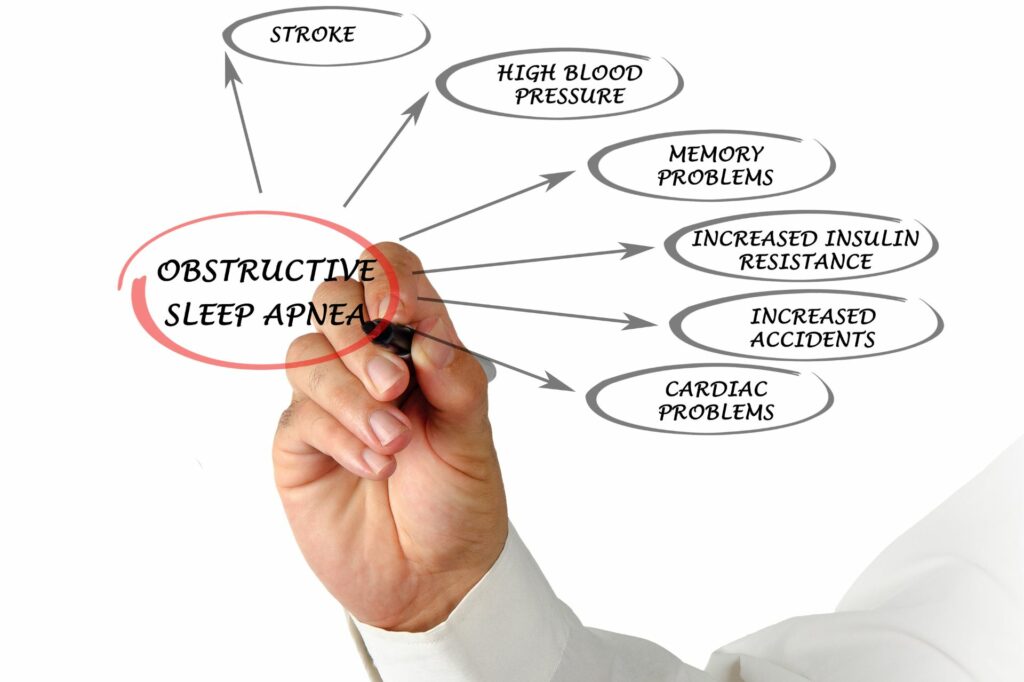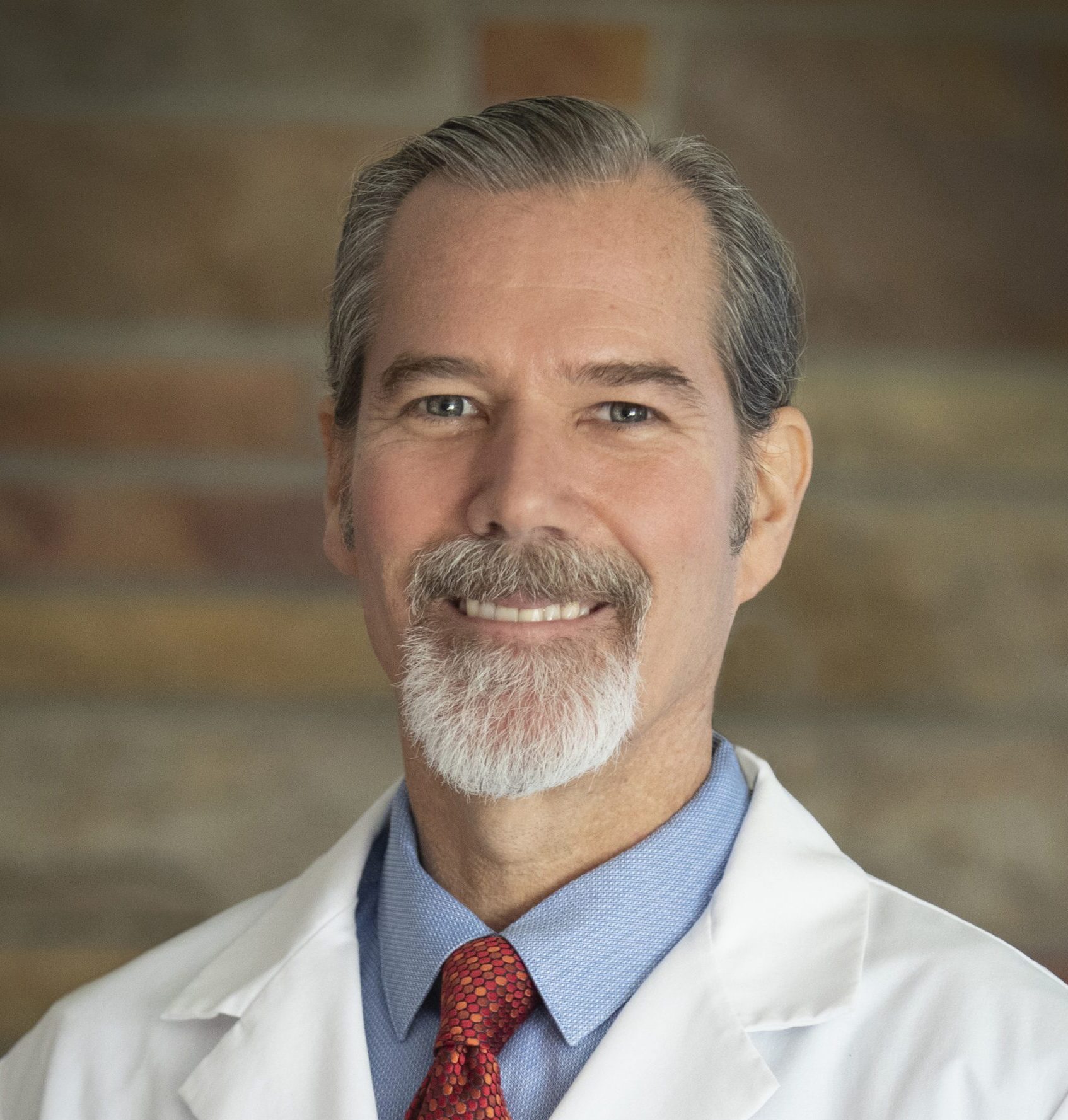


Do you struggle with daytime fatigue, loud snoring, or morning headaches? Understanding obstructive sleep apnea is crucial for your well-being.
This article explores the complexities of this common sleep disorder, affecting over a billion adults globally.
From relaxed throat muscles to potential health risks, insight into this condition can guide you toward effective diagnosis and treatment.
Recognizing the signs and implications of obstructive sleep apnea is the first step toward improving your quality of sleep and overall health.
Obstructive Sleep Apnea (OSA) is a sleep disorder where the upper airway becomes partially or completely blocked during sleep due to relaxed throat muscles. This obstruction leads to disrupted airflow and breathing pauses, often resulting in symptoms like loud snoring, gasping for air, daytime sleepiness, headaches, and difficulty concentrating. Risk factors include obesity, large neck size, family history, and certain lifestyle habits like smoking and excessive alcohol consumption. Diagnosis involves sleep studies, and treatment options include lifestyle changes, CPAP therapy, oral appliances, or surgery to alleviate symptoms and improve sleep quality.

Globally, obstructive sleep apnea affects approximately one billion adults, often going undiagnosed and untreated, leading to significant health risks if left unchecked. This condition, characterized by breathing interruptions during sleep, can have severe consequences if not addressed.
Risk factors such as obesity, family history, and nasal congestion contribute to the prevalence of obstructive sleep apnea. Symptoms like excessive daytime tiredness, loud snoring, and morning headaches are common indicators of this disorder. It’s crucial to recognize the signs and seek medical evaluation if you suspect sleep apnea.
Diagnosis typically involves a polysomnogram sleep study, physical examination, and detailed medical history. Treatment options range from CPAP machines to lifestyle modifications, ensuring effective management and reducing associated health risks.
If you suspect you have obstructive sleep apnea, common symptoms to watch for include excessive daytime tiredness, loud snoring, and morning headaches, signaling potential breathing interruptions during sleep.
Daytime sleepiness may persist despite adequate rest, impacting your daily activities. Loud snoring, especially if interrupted by pauses in breathing, can be a key indicator of underlying issues. Morning headaches, often accompanied by dry mouth or sore throat, can result from disrupted sleep patterns.
Additionally, you may experience irritability, difficulty focusing, mood changes, and high blood pressure. Recognizing these signs and seeking medical evaluation is crucial for timely diagnosis and appropriate management of obstructive sleep apnea to improve your overall well-being and quality of life.
For individuals at risk of obstructive sleep apnea, understanding the major risk factors is crucial for recognizing potential symptoms and seeking timely medical intervention. When assessing your risk, consider the following:
Physical Attributes
Lifestyle Habits
Understanding the causes of obstructive sleep apnea involves recognizing how physical attributes and lifestyle habits contribute to this sleep disorder. OSA occurs due to relaxed muscles in the throat, specifically the muscles supporting soft tissues in the throat that relax, leading to airway blockage. The brain senses impaired breathing, causing brief awakenings to reopen the airway. Interruptions in breathing can occur 5 to 30 times per hour during sleep, disrupting the ability to reach deep, restful sleep phases and causing daytime sleepiness.
| Causes of OSA | Description | Impact |
|---|---|---|
| Relaxed Throat Muscles | Muscles supporting soft tissues in the throat relax, leading to airway blockage. | Impairs breathing, causing interruptions in sleep. |
| Narrowed Airway | Physical attributes such as obesity can lead to a narrowed airway during sleep. | Increases the risk of airway blockage and breathing interruptions. |
| Lifestyle Habits | Factors like smoking and alcohol consumption can worsen OSA symptoms. | Aggravates breathing difficulties during sleep. |
When diagnosing obstructive sleep apnea, you’ll typically undergo a series of tests to assess your sleep patterns and breathing behavior. These tests may include:
Polysomnogram Sleep Study
Through these tests, healthcare providers can gather essential data to confirm obstructive sleep apnea and determine the most suitable treatment plan for your specific condition.
It’s crucial to follow through with the diagnostic process to ensure proper management of your sleep disorder.
Treatment for obstructive sleep apnea typically involves a variety of options aimed at improving breathing patterns during sleep. Here is a table summarizing common treatment options:
| Treatment Option | Description | Effectiveness |
|---|---|---|
| CPAP Machine | Provides continuous air pressure to keep airways open during sleep | Highly effective in reducing apnea episodes |
| Oral Appliances | Devices worn in the mouth to reposition the jaw and tongue for better airflow | Effective for mild to moderate cases |
| Surgical Interventions | Procedures to remove excess tissue blocking the airway or repositioning jaw | Considered for severe cases or when CPAP is not tolerated |
Each treatment option has its benefits, and a healthcare provider can help determine the most suitable approach for your specific condition.
Untreated obstructive sleep apnea can lead to a range of serious health complications.
Complications
Untreated OSA can have severe consequences on your overall health. The strain on your cardiovascular system from drops in blood oxygen levels can increase the likelihood of developing hypertension, heart disease, and even experiencing a stroke.
Additionally, the disrupted sleep patterns can lead to irritability, mood swings, and difficulties with concentration. Seeking treatment for OSA is crucial in preventing these potentially life-altering complications.

If left unaddressed, the health risks associated with obstructive sleep apnea can significantly impact your well-being, particularly in relation to cardiovascular health and mental acuity.
Untreated obstructive sleep apnea can lead to complications such as daytime fatigue, severe drowsiness, irritability, and an increased risk of cardiovascular problems like high blood pressure, heart disease, and stroke. The strain on your cardiovascular system due to drops in blood oxygen levels can further exacerbate these risks.
Additionally, untreated sleep apnea may result in a greater likelihood of developing coronary artery disease, heart failure, heart rhythm problems, and complications with certain medications and general anesthesia. Seeking medical help for symptoms like loud snoring, gasping/choking, or excessive daytime drowsiness is crucial to mitigate these health risks.

To address symptoms like loud snoring, gasping/choking, or excessive daytime drowsiness, seek medical help promptly.
Reasons to Seek Medical Assistance
Seeking medical help is crucial in managing obstructive sleep apnea. Healthcare professionals can provide valuable insights and guidance tailored to your specific needs.
Don’t delay seeking assistance if you experience symptoms associated with this sleep disorder. Early intervention can lead to better outcomes and improved quality of life.
You may also like:
Now that you understand the symptoms and causes of obstructive sleep apnea, take action to improve your health.
Don’t ignore daytime fatigue, loud snoring, or morning headaches – seek medical help for a proper diagnosis and treatment.
By addressing this common sleep disorder, you can reduce the risks associated with untreated OSA and improve your overall quality of life.
Don’t wait, take control of your well-being today.
Benjafield, A. V., Ayas, N. T., Eastwood, P. R., Heinzer, R., Ip, M. S. M., Morrell, M. J., Nunez, C. M., Patel, S. R., Penzel, T., Pépin, J. L., Peppard, P. E., Sinha, S., Tufik, S., Valentine, K., & Malhotra, A. (2019). Estimation of the global prevalence and burden of obstructive sleep apnoea: a literature-based analysis. The Lancet. Respiratory medicine, 7(8), 687–698. https://doi.org/10.1016/S2213-2600(19)30198-5
Knauert, M., Naik, S., Gillespie, M. B., & Kryger, M. (2015). Clinical consequences and economic costs of untreated obstructive sleep apnea syndrome. World journal of otorhinolaryngology - head and neck surgery, 1(1), 17–27. https://doi.org/10.1016/j.wjorl.2015.08.001